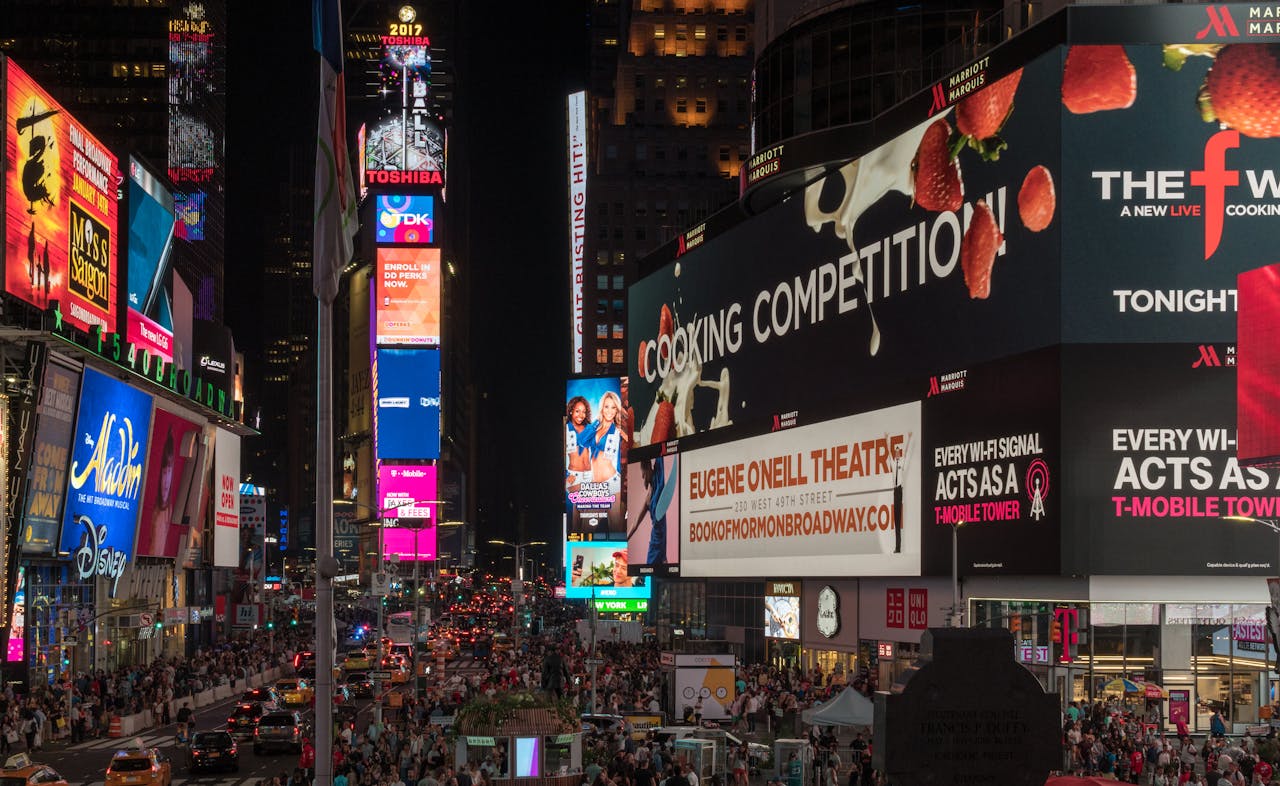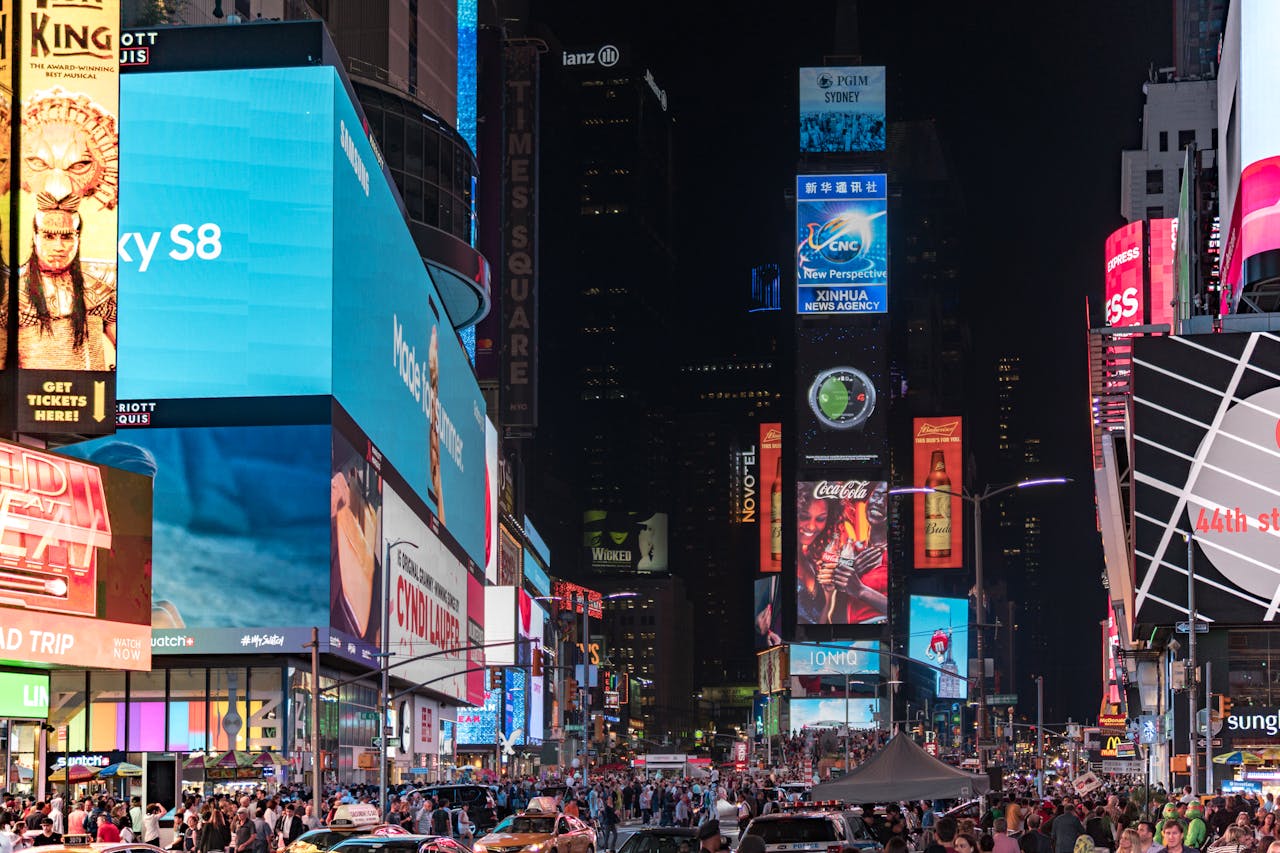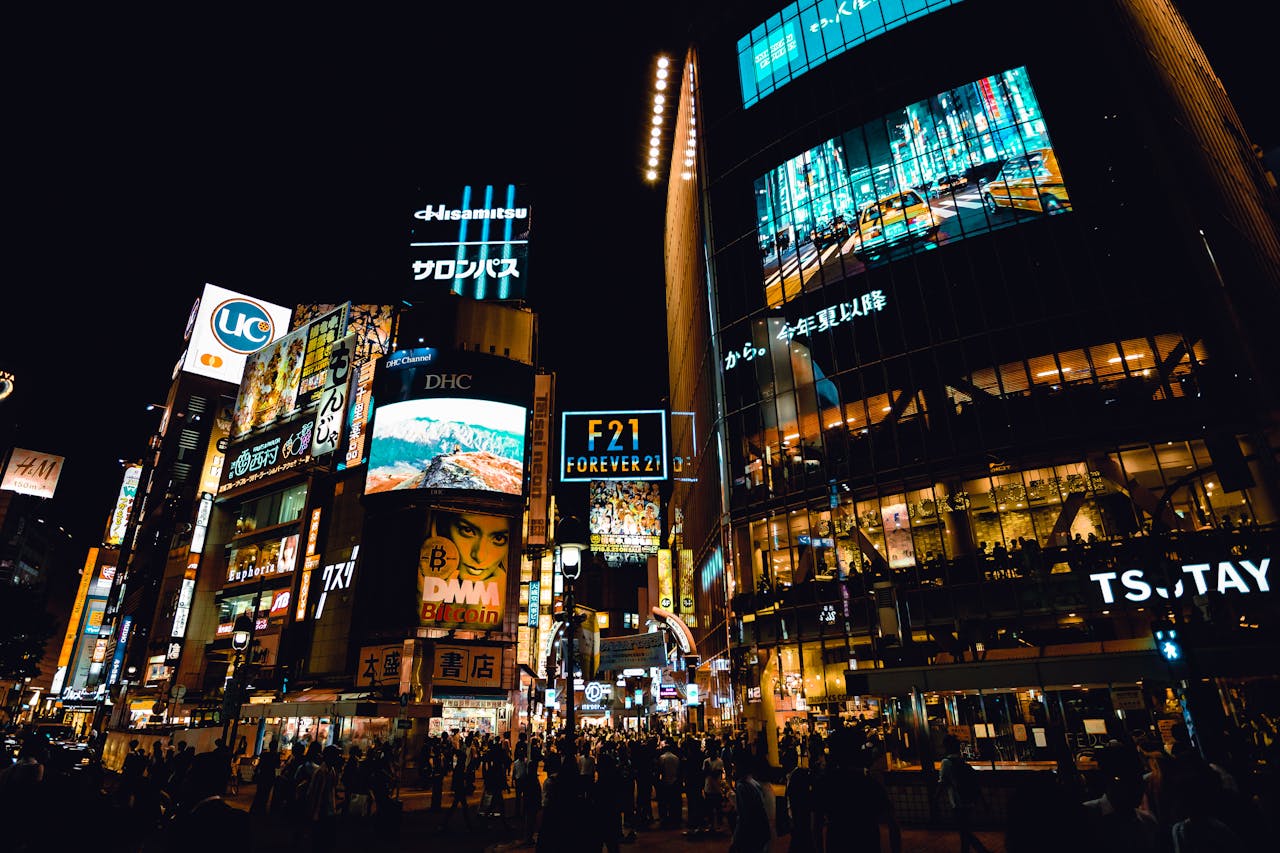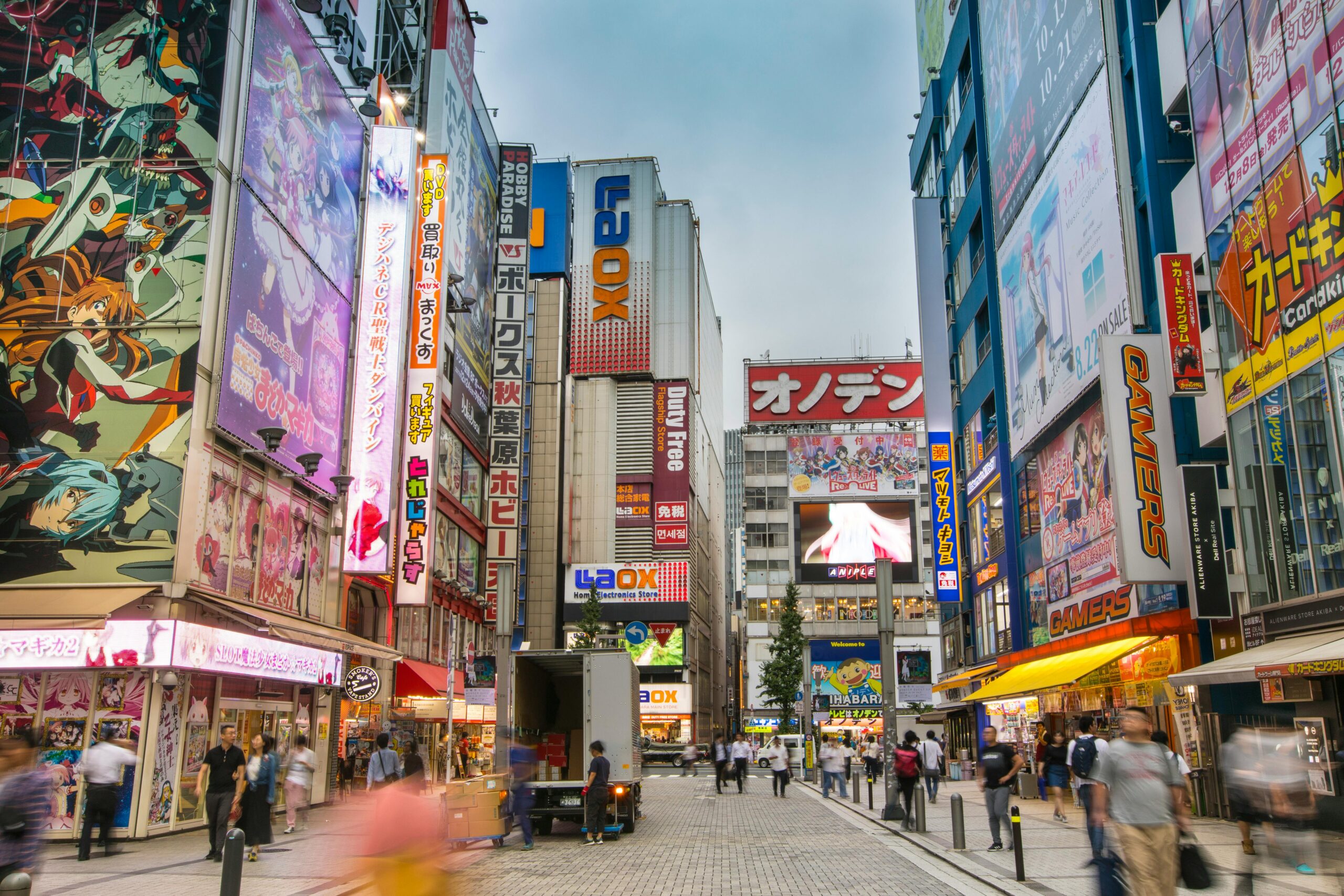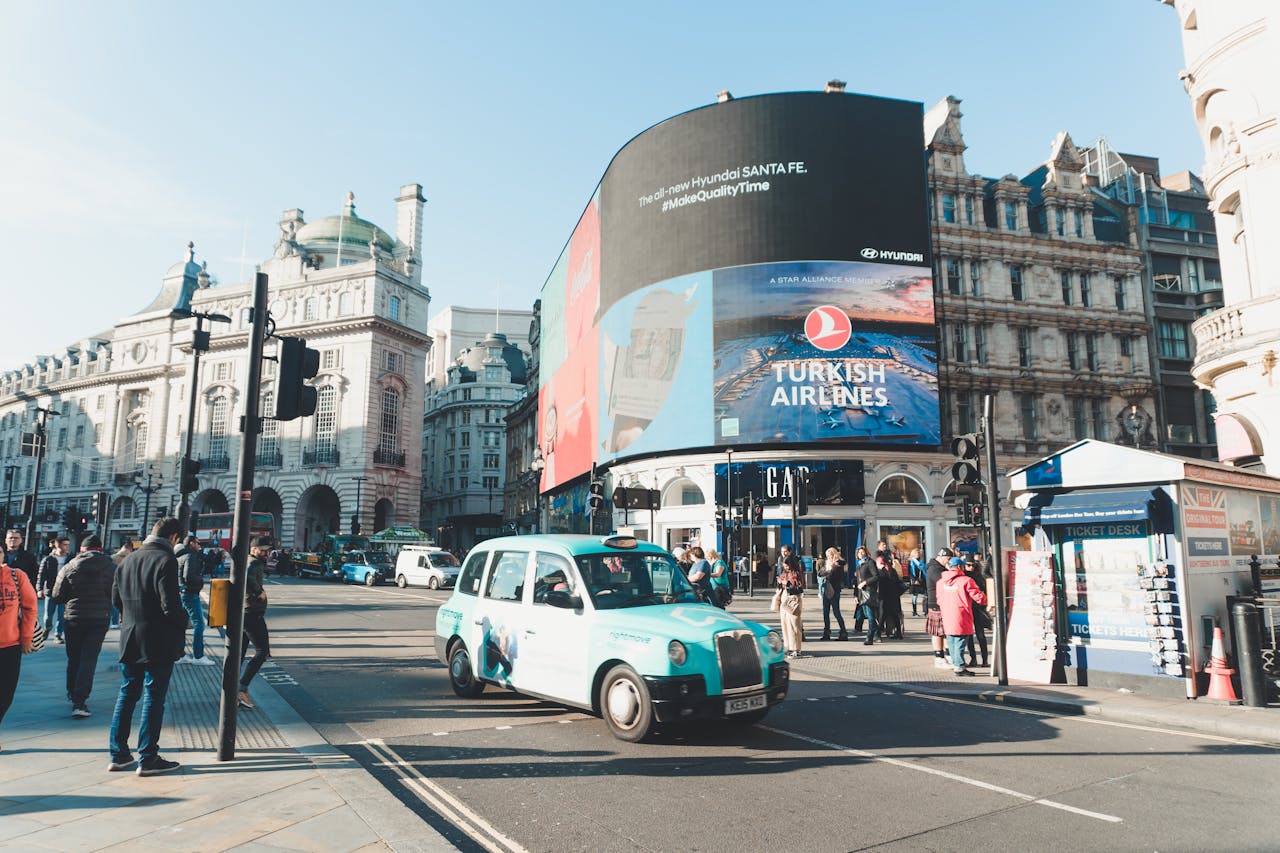In a world where digital marketing dominates with algorithms that track every click and scroll, outdoor billboards might seem like an outdated form of advertising. After all, how effective can a billboard be when you can target specific individuals online based on their browsing habits, location, and even their personal preferences?
Yet, despite the rise of hyper-targeted digital advertising, billboards are not only surviving but thriving in the modern marketing landscape. This raises an important question: Do outdoor billboards still work in an age where hyper-targeted marketing reigns supreme?
The short answer is yes—but it’s more nuanced than that. Let’s explore why billboards remain a powerful advertising tool, even in the face of digital marketing innovations, and how brands can leverage their strengths to drive real-world engagement.
The Power of Broad Reach
One of the primary reasons billboards continue to be effective is their ability to reach a mass audience—something that even the most sophisticated digital ads struggle to do. While social media ads and search engine results can narrow down audiences based on behaviors and interests, outdoor billboards cast a wide net, ensuring that a brand’s message is seen by anyone who happens to pass by.
Think about it: no matter what a person is doing—driving to work, walking to a meeting, or waiting for a bus—they will almost certainly see a billboard. This level of visibility is difficult for even the most targeted digital ads to match. And in many cases, a simple message seen repeatedly in the real world can be just as effective, if not more so, than a digital ad that only reaches a specific segment of consumers.
This broad reach can be especially valuable for brands looking to build awareness in local markets, promote major campaigns, or strengthen their brand presence in a community. While digital marketing can drill down to micro-levels, billboards can cast a net that pulls in people from all walks of life, creating a significant impression even if they aren’t your primary target audience.
The Tangibility Factor: Creating Real-World Connections
In an era dominated by digital ads, it’s easy for people to become numb to online advertising. With banner ads, pop-ups, and social media promotions bombarding us daily, the lines between organic content and paid ads have blurred. Many people have become so adept at blocking ads online that they actively ignore them, reducing their effectiveness.
Billboards, on the other hand, offer a tangible connection. They exist in the real world, on the streets, where people interact with them in a physical space. This connection has its own power. Seeing a brand’s message in person, on a large-scale format, can be more memorable and impactful than a digital ad popping up on a screen. A billboard’s physical presence can evoke feelings of trust, stability, and credibility that digital ads might not.
Additionally, outdoor advertising can trigger emotional connections in ways digital ads might struggle to replicate. For example, a beautifully designed billboard in a park can become part of a person’s daily routine—an emotional anchor tied to a specific place or experience. This creates a deeper connection to the brand that digital platforms can’t always deliver.
Reinforcing Digital Marketing Campaigns
Billboards aren’t necessarily in competition with digital marketing—they can actually reinforce and complement digital strategies. In fact, many brands are successfully using a combination of both to create more powerful, integrated campaigns. For example, a brand might run a targeted digital ad campaign that drives people to a specific location, then use a billboard to reinforce the message when those potential customers are in the area.
Think of it as a multi-channel approach—one that takes advantage of the strengths of both digital and outdoor advertising. The digital aspect ensures that your ad is reaching the right audience at the right time, while the billboard captures the attention of people in the real world, reminding them of the message and creating lasting brand impressions.
Moreover, digital billboards are becoming more interactive. Many outdoor ads now feature dynamic content that changes in real time based on external factors such as weather, time of day, or even live events. This means brands can still tap into hyper-targeted content without sacrificing the power of broad, physical advertising. It’s the best of both worlds.
The Impact of Location and Context
One of the unique strengths of outdoor billboards is the power of location. The effectiveness of a billboard can often be tied to where it’s placed—something digital advertising doesn’t always have the same control over. A strategically located billboard in a high-traffic area or near a place of interest can dramatically boost its impact.
For instance, a gym brand may want to target commuters in the morning with an ad that promotes their membership specials. Placing a billboard in a high-traffic area, such as a busy freeway or near a train station, ensures that the ad is seen by people who are likely to be interested in fitness or need to squeeze in a workout.
Moreover, the context in which people encounter a billboard makes a significant difference. Imagine seeing an ad for a refreshing drink during a hot summer day—it’s not just the message that matters, but the timing and relevance of that message. The context of outdoor ads can create a sense of urgency or relevance that digital ads, with their many distractions, often can’t match.
The Evolution of Billboard Advertising
Billboards have evolved significantly over the years. Today’s digital billboards can display a rotating set of ads, change messaging based on time of day, and even include interactive elements like QR codes or augmented reality features. This shift toward dynamic content means that billboards can be as flexible and adaptive as digital ads, while still offering the same wide-reaching exposure.
What’s more, outdoor ads are now more trackable than ever before. Using geolocation data and mobile tracking, advertisers can gain insights into who is seeing their billboards and how those viewers engage with the brand afterward. This shift is making outdoor advertising more accountable and measurable, giving brands the ability to track ROI more effectively.
Conclusion: Billboards Still Have a Place in the Modern Marketing Mix
Despite the rise of hyper-targeted marketing and digital ads, outdoor billboards are far from obsolete. In fact, they are thriving by adapting to the changing landscape. Billboards offer broad reach, real-world connections, strategic reinforcement of digital ads, and location-based relevance—all of which continue to make them a valuable tool for marketers.
The key to successful billboard advertising in 2025 is recognizing that it’s no longer just about slapping a static message on a giant piece of real estate. It’s about understanding how to use the medium in a way that complements digital strategies, embraces interactivity, and creates a lasting emotional impact.
In the end, billboards are a powerful tool—one that, when used strategically, can still deliver results in an age of hyper-targeted marketing.

